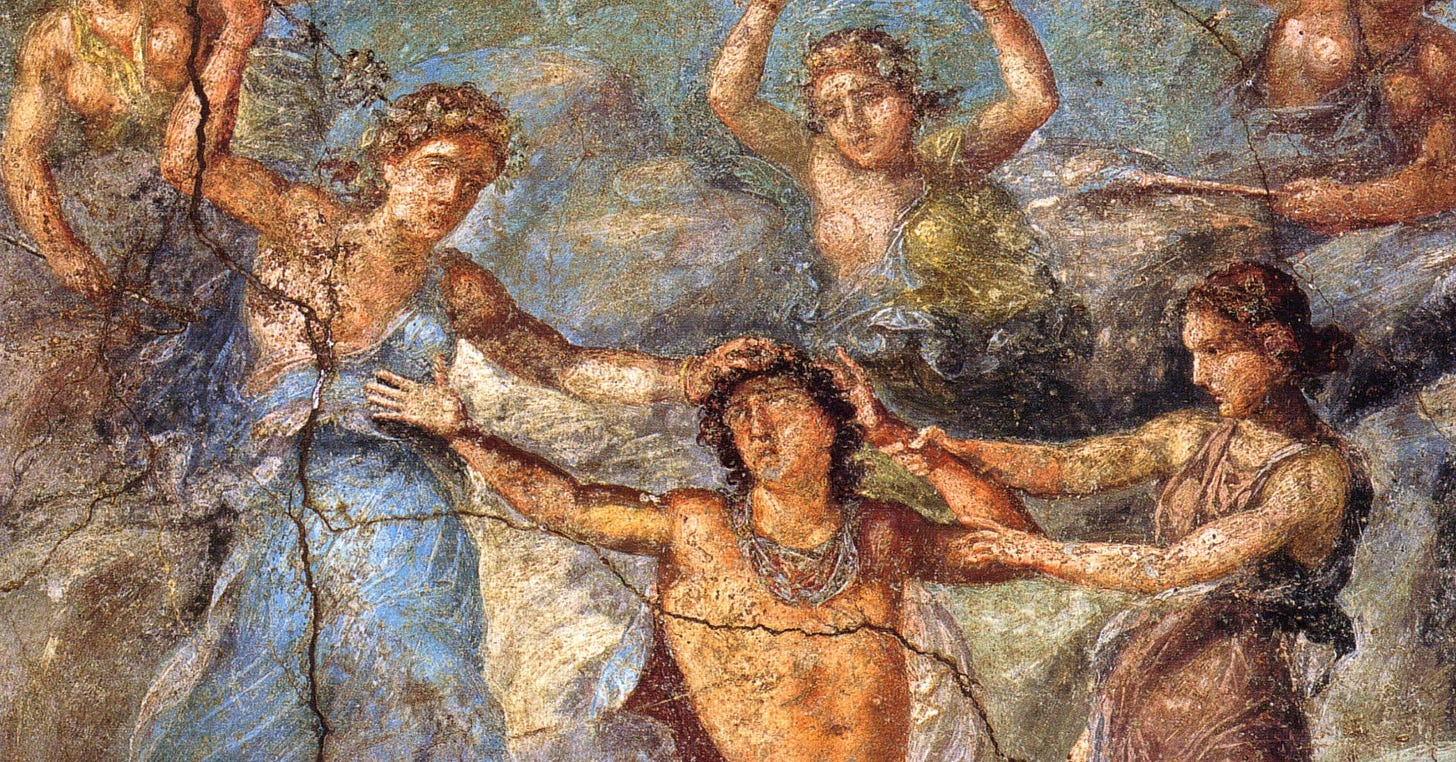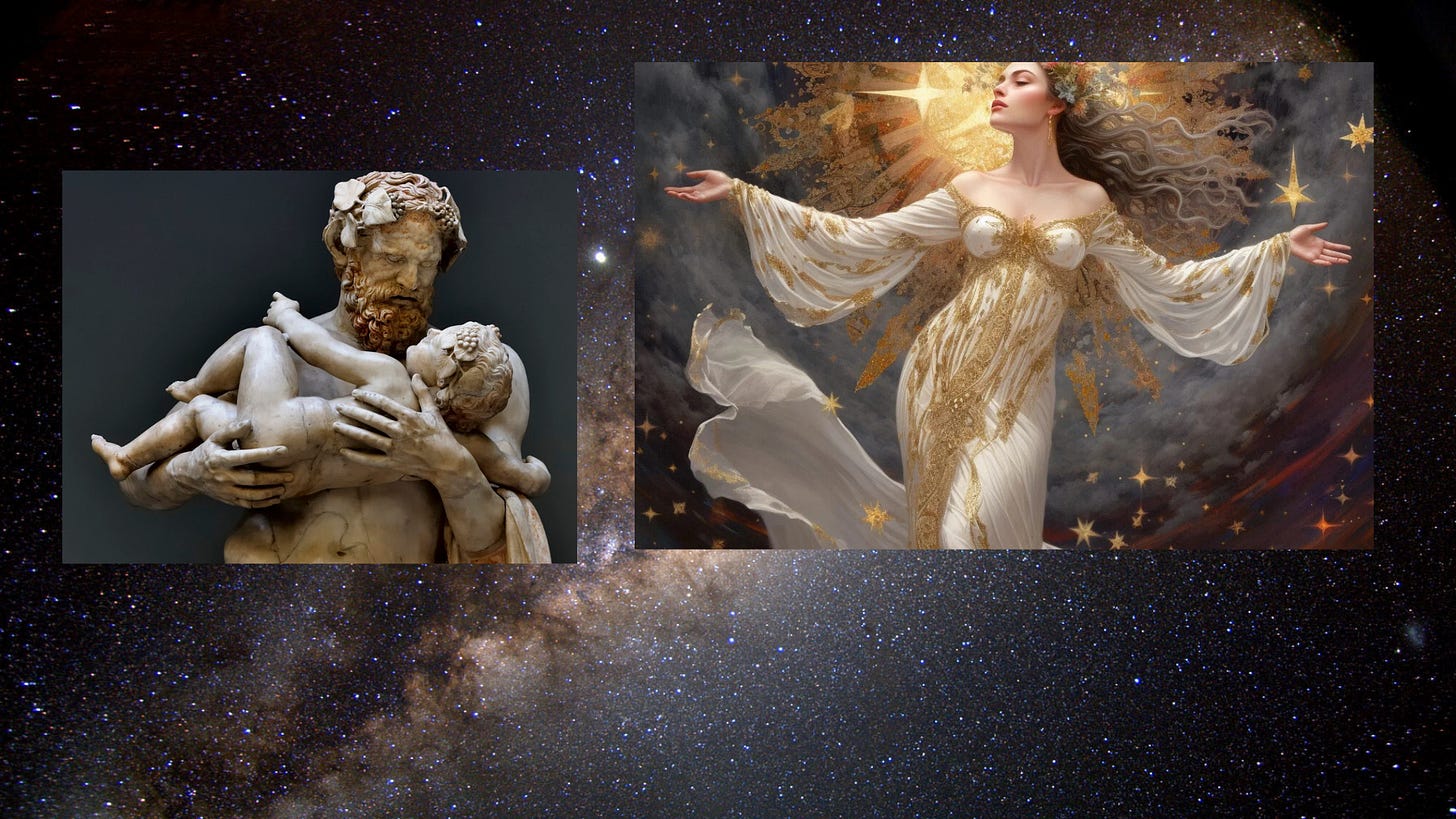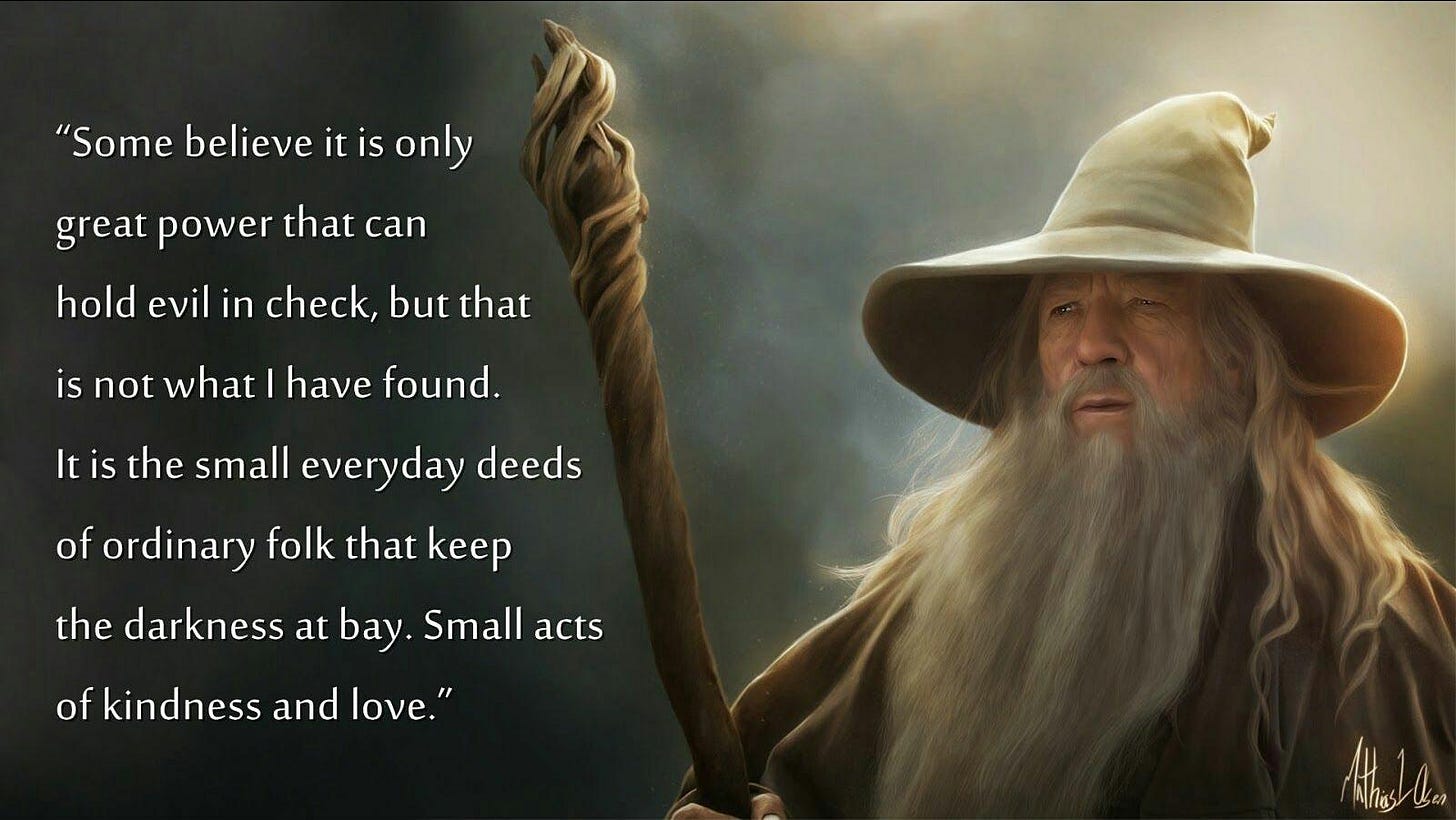Humanity’s history is a long, winding tale of triumph and tragedy, with an undeniable pattern that loops through the ages, repeating itself in cyclical bursts. This is the eternal recurrence that Nietzsche spoke of. The idea that history, like a wheel, continually spins, returning to the same points of conflict, fragmentation, and crisis. And at the heart of this recurring cycle is trauma, the unresolved psychic wounds that humanity has failed to heal. These wounds not only shape individual lives but ripple through societies, cultures, and civilizations, accumulating over time and distorting our collective myths, beliefs, and values.
The Fragmentation of the Psyche
In the deepest sense, mythology evolved as trauma deepened, moving us from the Age of Wholeness (symbolized by the Leo archetype) into the Age of Fragmentation (embodied by Pisces). The mythologies of ancient cultures were not just stories; they were the psychological adaptations of a collective psyche struggling to make sense of trauma. The deeper the wounds, the more fragmented the myths became.
There was once a primordial state of wholeness, a unity of mind, body, and spirit, reflected in the purity of early human existence. But as time passed, something began to shift. Wounds, both individual and collective, deepened. As human consciousness began to fracture, it began to disown and repress parts of itself, particularly the primal and the feminine aspects of the psyche. These repressed elements found expression in the darker aspects of mythology, the shadow that was cast out and blamed, the scapegoats who carried the burden of humanity's unresolved pain.
Trauma, left unchecked, leads to repetition. Each time humanity reaches a breaking point, where it can no longer suppress its inner contradictions and unresolved pain, it must confront itself. It is in these moments of near self-destruction that a prophet or spiritual figure, someone akin to Jesus, emerges, calling humanity to wake up, to see the pattern, and to break free from the cycle of suffering.
The Myth of Phanes: Innocence and Trauma
One powerful example of the interplay between myth and trauma can be found in the Orphic tradition. In this myth, Phanes, the primordial being of light, emerges from the cosmic egg as the first-born of the universe. This birth symbolizes the purity and potential of infancy, a time before wounding sets in. However, in human experience, this early stage of life is often marked by unmet needs, emotional neglect, and trauma wounds that we are often unable to articulate. As this wounding happens in early childhood and infancy.
These early fractures in our psyche mirror the myth of Dionysus, the child-god who is torn apart by the Titans. The image of the child-god dismembered by powerful forces reflects the psychic trauma that fractures the innocent and divine essence within each of us. As humanity hobbled along, this early trauma is replayed again and again, and the wounds of our past are transferred onto each successive generation, accumulating in a pattern of historical recurrence.
Similarly, the Mithraic Mysteries teach that the human experience is intrinsically tied to the cosmos. Our personal birth is not merely a biological event; it is a continuation of the same creative energy that birthed the universe. Yet, trauma obscures this. The pain we endure in our early years clouds the divine essence within us, making it difficult to recognize the purity of our original nature.
Spiritual Evolution or Eternal Recurrence?
The call to return to the state of purity is echoed by many spiritual traditions, most notably by Jesus, who taught, “Unless you become like little children, you will never enter the kingdom of heaven.” This is not a call to regress into childishness, but rather an invitation to return to the state of openness, vulnerability, and innocence we held before life’s wounds hardened us.
However, as we grow older, the trauma we carry becomes more complicated. Spiritual evolution often becomes a process of masking and avoiding the pain rather than confronting it. In fact, the “spiritual” practices many follow today often reinforce this avoidance. Instead of addressing the deep wounds that cause suffering, individuals create facades of purity and enlightenment. Yet, beneath the surface, the same unresolved trauma festers.
In truth, there is no true spiritual evolution without confronting the wounded inner child. Without addressing the unresolved trauma that has been passed down through generations, humanity as a collective is doomed to repeat the same cycles, generation after generation. This is the eternal recurrence: the same patterns of fragmentation, scapegoating, conflict, and disconnection played out again and again in the rise and fall of civilizations.
Kronos and the Fear of Change
In mythological terms, this stagnation can be seen in the figure of Kronos, the god who devours his own children in a desperate attempt to preserve his power. Kronos embodies the fear-driven ego, clinging to control and resisting the natural flow of growth and change. On a societal level, this manifests as rigid hierarchies, cycles of power and oppression, and an inability to transcend survival-based paradigms. Civilizations remain like a frightened child, unable to face the deeper wounds of its origins, thus perpetuating the same dysfunction.
This fear of growth and change underpins much of the violence and conflict throughout history. Nations rise, only to fall under the weight of their unresolved shadows. Empires collapse as the unacknowledged trauma of the past resurfaces, demanding to be faced. In the modern era, technological progress has far outpaced spiritual and psychological evolution, leaving humanity with immense power but little emotional or spiritual maturity.
Awakening: Mithras, Orpheus and Jesus
There are moments of awakening throughout history, where great figures such as Mithras, Orpheus and Jesus offer glimpses of what humanity could become. These spiritual leaders point the way to a higher state of being, one that transcends the cycles of trauma and conflict. Yet, these moments often remain isolated, diluted over time by the prevailing forces of repression, scapegoating, and fear.
Without a widespread reckoning with the collective wounded inner child, these moments of transformation are not fully realized. The promise of spiritual awakening is delayed as humanity continues to replay the same traumatic patterns. Each time civilization reaches the brink of collapse, the cycle repeats itself, just as the individual cannot progress until they confront their own inner wounds.
Civilizational Complexity Overwhelm
This is itself tied to the super-ego itself and the wounding and domestication it enforces upon man. This is not a natural state at all, yet one that is created out of the perceived necessity to control others. As trauma in a larger group leads to much bigger consequences then it does in a hunter-gatherer setting, where community cohesion is more easily formed based on kin, instinct is accepted and complexity is much lesser. The fact is that the increasing complexity overwhelms the brain of humans, and they can not see the larger patterns that occur. In a small hunter-gatherer setting it is much easier to keep up close bonds, where they emotionally care about each other. So how further along a civilisation is, how more complex it becomes. Till this starts to become too complex for the framework of meaning and order to handle. Then there is a meaning and belonging crisis.
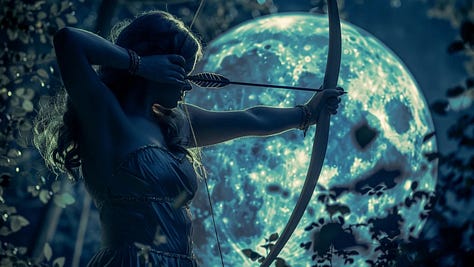


Ultimately, the accumulated weight of repression, fear, and irrationality leads to a cultural implosion. The internal fragmentation becomes so severe that the social fabric begins to unravel. Economic collapse, civil unrest, and political dysfunction spread like wildfire. The culture, unable to reconcile its internal contradictions and unaddressed wounds, collapses under the weight of its own fear and fragmentation. Where outside actors, used as former "Allies" come in and take advantage of the chaos. Think here the German barbarians plundering Rome. The culture's inability to process its trauma and acknowledge its shadow ultimately leads to its downfall. The psychological wounding that was repressed for generations has reached the point of critical mass, leading to a crisis that cannot be ignored any longer. The once-proud culture collapses into chaos, unable to maintain its façade of superiority or unity.
The Desolation Phase
After the destruction comes desolation. The civilization, fractured by its own internal conflict and the collapse of its moral and social systems, is in ruins. At this stage, the idea of moral superiority is shattered, and the repression of nature, the wild, and the primal drives is no longer possible. Nature reclaims its dominance. Humans are confronted with the reality that nature both external and internal cannot be subdued forever. This is when Nyx as a force rises, and brings up all the shadows long repressed. Psychologically, the ego is dismantled, and the person or civilization must come to terms with the repressed aspects of the self. This means to confront the full spectrum of human experience, including the dark, primal aspects that were once denied. On the collective level, nature regaining dominion means the breakdown of the systems of control that once sought to suppress and dominate.
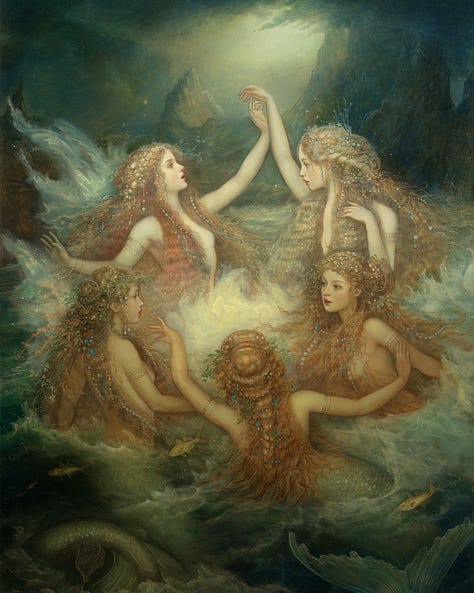

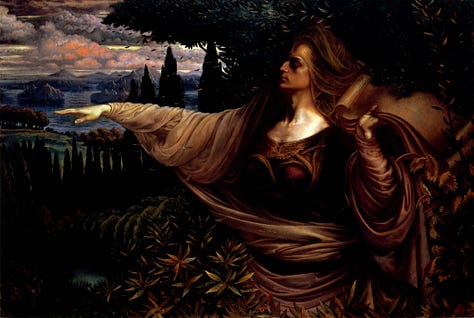
It can be however an opportunity for rebirth, where the full integration of the shadow can take place. If they would take it, that is. The true potential of human civilization can only emerge when the ego is no longer inflated by false purity, when people and societies stop projecting their flaws onto others, and when nature both internal and external are accepted as part of the whole. This process is gradual how it evolves, but over millennia for our current civilisation, it solidified the divide between the spiritual, instinctual, and natural aspects of being and the rational, controlled, & domesticated aspects that have become the foundation of modern society. The super ego is the byproduct of this very civilizational trauma. It's a structure built on repression, rules, and norms that stifle natural instincts, creativity, and genuine connection to the self.
The Redeemer Trap
Having realised these things, I however do know that the usual pattern, is that someone like myself, who has been a scapegoat, and exiled from civilisation, and pushed to the edge of its social sphere, then plays some role as “redeemer”, which really means scapegoat, that others lash out on. Whilst within the system leaders style themselves as God Emperor’s and saviour akin to a Logos gone mad Apollo. Detached from the more primal true foundations of Wolf-Apollo. Yet it is actually by playing this “redeemer” role, that one traps humanity. As it leads to externalisation onto a figure, that can not truly save them. Only point the way. Yet most often, sadly such figures by incurring the wrath of the societal ego, end up dead. Merely becoming some symbol to rally around, instead of it leading to some actual true resolving of the eternal cycle.
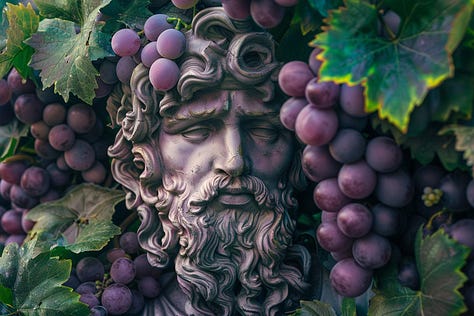
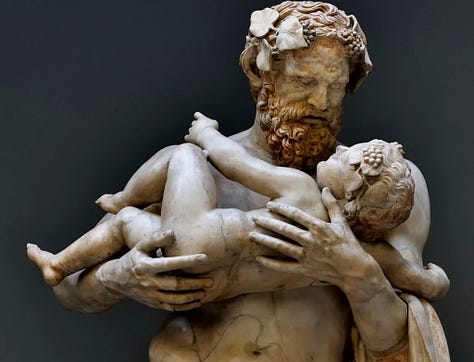
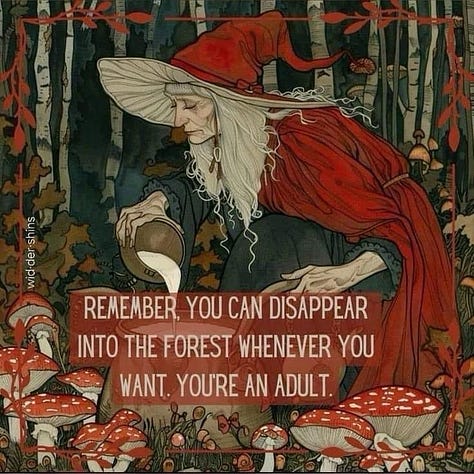
The Path to the Kingdom of Happiness
Julian, in his critique of Christianity, noted that the Christians adopted a mix of Jewish rigidity and pagan confusion, taking the worst elements from both. Thus through this not understanding the true message of the teachings of Christ. Thus leading to the deification of mortal men, and externalisation of gods. Jesus had emphasized, “Unless you become like little children, you will never enter the kingdom of heaven.” Yet the only way to actually get there, is to face the suffering child within. Which is the same process that within Orphism the initiates would undergo. To receive the forgiveness of the child-gods mother, Persephone.
It is basically undoing the ego defences bit by bit. Through practices that bring about altered states of consciousness. With the goal to undo the super-ego and its defences. Where you go into the "underworld", and face the suffering of the dismembered Dionysus (childhood wounding, civilizational wounding). Then all the ego defences, and ego structure is toast, and you fall into deep depression for some months. Then when you get out of it, and find the accepting Self within, in the Orphic sense that would be Persephone, who forgives one, it leads to the rebirth. It is also linked to like Juno (rejuvenation), and such. With that the divine child is reborn, but also like the primal self, and the wise old man. In practice it is shamanistic practices, and using mindfulness to not avoid ones emotions, and not get stuck in distractions and thought loops. It is a brutal process. I know from experience how brutal it is.
So I get it, why people would avoid it. Yet this is the path to walk, for those who would not want to be crushed by the weight of the world. To stop trying to be the strong one, the people pleaser, or wanting to “save the world”. It is about holding space for ourselves and our emotions. Our own pain and suffering. It is far from easy, yet we do not have to it alone. Nor does everyone have to go to full enlightenment. As really just loosening the ego structure in itself is enough to pull oneself out of the collective drama itself. Where one can focus on the things that matter. Ones own life, the joys of companionship. To love others, and to find joy in the little things. There is no need for anyone to sacrifice themselves as scapegoat or a redeemer. Either way the same pattern will persist, and the death will remain nothing more, than a hidden teaching for those willing to see it, for what it truly is. No one has to die or become a martyr, for a pattern that due to such very actions, ends up persisting.




